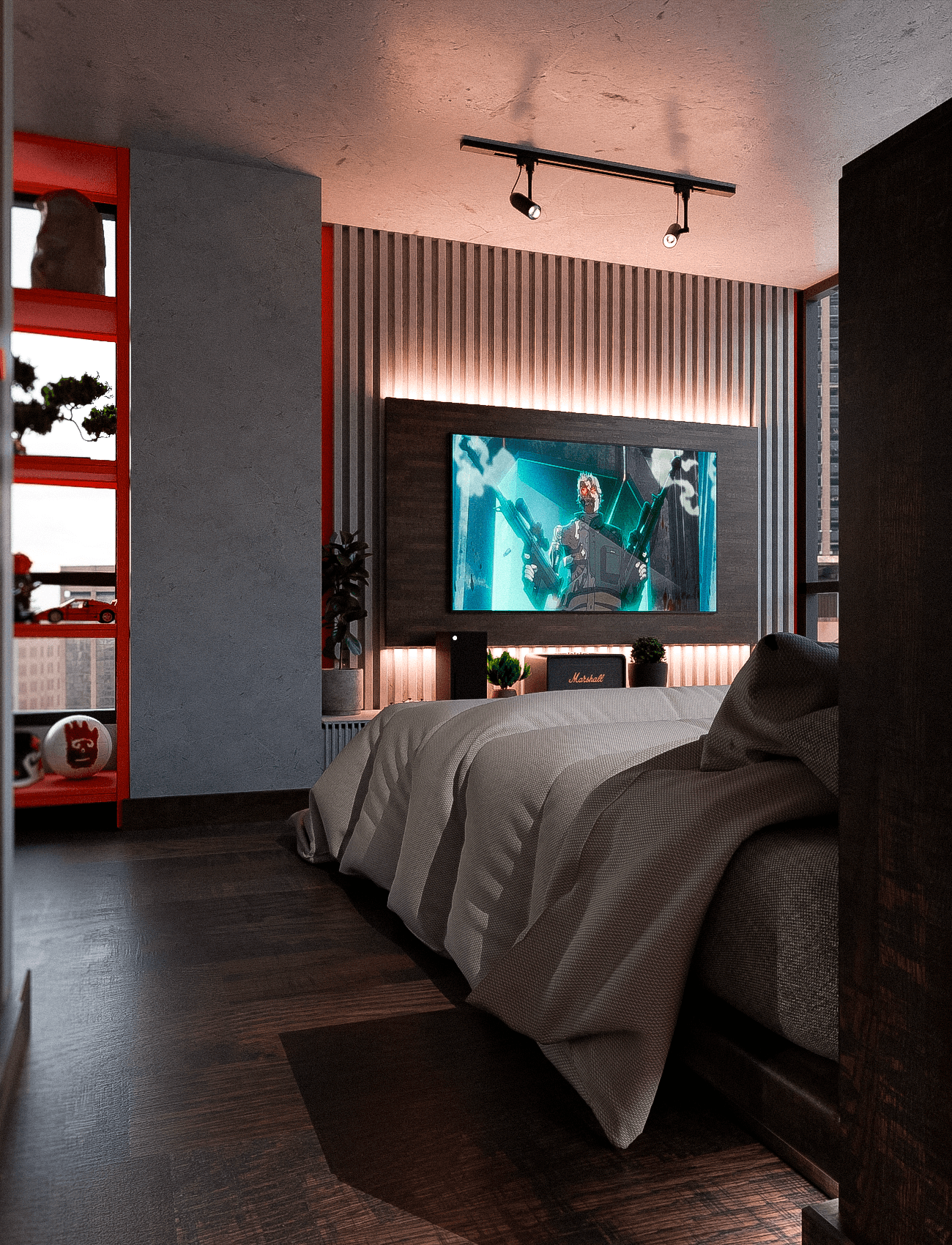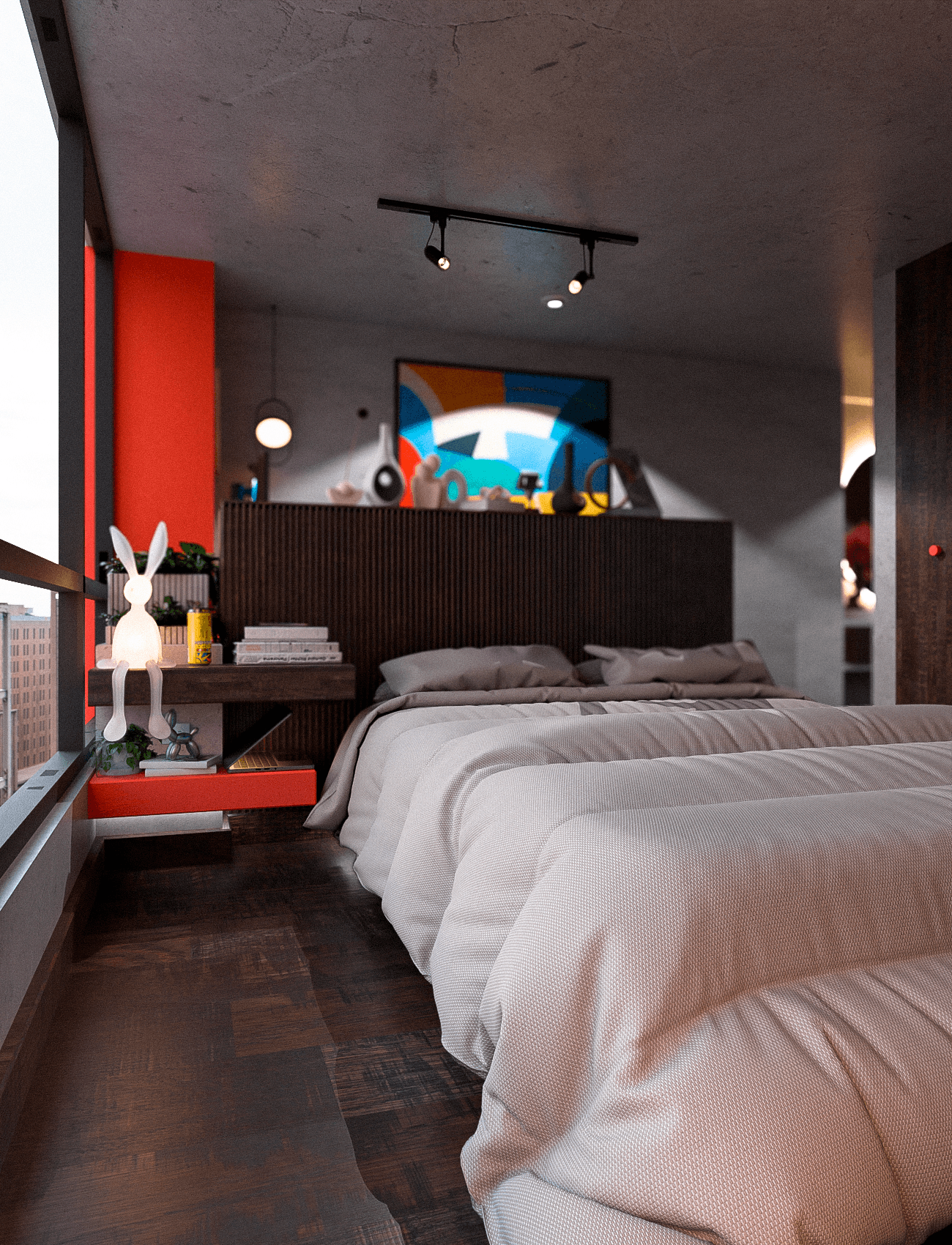What Makes a Home Memorable? Emotional Design and Functionality
News
7 Min Read
Beauty alone isn’t enough. A truly memorable home connects emotionally with its inhabitants and works flawlessly. Discover how emotional design and functionality together create living spaces that leave a lasting impression.
Beauty alone isn’t enough. A truly memorable home connects emotionally with its inhabitants and works flawlessly. Discover how emotional design and functionality together create living spaces that leave a lasting impression.
Beauty alone isn’t enough. A truly memorable home connects emotionally with its inhabitants and works flawlessly. Discover how emotional design and functionality together create living spaces that leave a lasting impression.



Beyond Aesthetics: Architecture That Feels
When we think of a memorable house, we don’t just refer to a striking facade or high end finishes. The homes that stay in our memory evoke emotions: comfort, inspiration, serenity, belonging. That emotional connection isn’t accidental it’s the result of thoughtful design centered on the human experience. A well designed home understands how we move, how we want to feel, and what we truly value in our daily lives.
Emotional Design: Crafting Atmospheres That Speak
Emotional design in architecture uses elements like light, texture, color, materials, and scale to evoke specific feelings. A tall, sunlit room with warm wood evokes freedom and comfort, while a dark, cramped space with cold finishes may feel oppressive. Architecture speaks through these elements, and emotional design gives them voice. Homes designed with emotional intention make us feel held, inspired, relaxed, or recharged.
Functionality: The Invisible Foundation of a Great Experience
Often overlooked but essential, functionality defines how well a home supports everyday life. A house might look perfect in renders, but if it doesn’t support the real behaviors of its occupants, it becomes frustrating. The flow between spaces, bathroom location, natural lighting, sound behavior, and storage capacity these details determine whether living in the space feels easy or complicated.
The Perfect Balance: Emotional Design Meets Function
Memorable homes don’t sacrifice function for style or vice versa. Their magic lies in the seamless integration of emotional depth and practical performance. Designing with emotional intelligence means imagining how children will play, how meals will be shared, or how rest will feel while ensuring that airflow, accessibility, and energy efficiency are spot on. That blend of soul and sense is what separates a generic house from a meaningful one.
Architectural Memory: How We Remember Spaces
Architecture embeds itself in our memory in subtle ways. We recall how the morning light touched a wall, the texture under our feet, the echo in a hallway, or the view from a certain corner. These memories aren’t random they stem from well-designed environments that feel as good as they look. A home with emotional and functional design leaves a trace in the mind and heart. That trace is what makes it truly unforgettable.
Beyond Aesthetics: Architecture That Feels
When we think of a memorable house, we don’t just refer to a striking facade or high end finishes. The homes that stay in our memory evoke emotions: comfort, inspiration, serenity, belonging. That emotional connection isn’t accidental it’s the result of thoughtful design centered on the human experience. A well designed home understands how we move, how we want to feel, and what we truly value in our daily lives.
Emotional Design: Crafting Atmospheres That Speak
Emotional design in architecture uses elements like light, texture, color, materials, and scale to evoke specific feelings. A tall, sunlit room with warm wood evokes freedom and comfort, while a dark, cramped space with cold finishes may feel oppressive. Architecture speaks through these elements, and emotional design gives them voice. Homes designed with emotional intention make us feel held, inspired, relaxed, or recharged.
Functionality: The Invisible Foundation of a Great Experience
Often overlooked but essential, functionality defines how well a home supports everyday life. A house might look perfect in renders, but if it doesn’t support the real behaviors of its occupants, it becomes frustrating. The flow between spaces, bathroom location, natural lighting, sound behavior, and storage capacity these details determine whether living in the space feels easy or complicated.
The Perfect Balance: Emotional Design Meets Function
Memorable homes don’t sacrifice function for style or vice versa. Their magic lies in the seamless integration of emotional depth and practical performance. Designing with emotional intelligence means imagining how children will play, how meals will be shared, or how rest will feel while ensuring that airflow, accessibility, and energy efficiency are spot on. That blend of soul and sense is what separates a generic house from a meaningful one.
Architectural Memory: How We Remember Spaces
Architecture embeds itself in our memory in subtle ways. We recall how the morning light touched a wall, the texture under our feet, the echo in a hallway, or the view from a certain corner. These memories aren’t random they stem from well-designed environments that feel as good as they look. A home with emotional and functional design leaves a trace in the mind and heart. That trace is what makes it truly unforgettable.
Beyond Aesthetics: Architecture That Feels
When we think of a memorable house, we don’t just refer to a striking facade or high end finishes. The homes that stay in our memory evoke emotions: comfort, inspiration, serenity, belonging. That emotional connection isn’t accidental it’s the result of thoughtful design centered on the human experience. A well designed home understands how we move, how we want to feel, and what we truly value in our daily lives.
Emotional Design: Crafting Atmospheres That Speak
Emotional design in architecture uses elements like light, texture, color, materials, and scale to evoke specific feelings. A tall, sunlit room with warm wood evokes freedom and comfort, while a dark, cramped space with cold finishes may feel oppressive. Architecture speaks through these elements, and emotional design gives them voice. Homes designed with emotional intention make us feel held, inspired, relaxed, or recharged.
Functionality: The Invisible Foundation of a Great Experience
Often overlooked but essential, functionality defines how well a home supports everyday life. A house might look perfect in renders, but if it doesn’t support the real behaviors of its occupants, it becomes frustrating. The flow between spaces, bathroom location, natural lighting, sound behavior, and storage capacity these details determine whether living in the space feels easy or complicated.
The Perfect Balance: Emotional Design Meets Function
Memorable homes don’t sacrifice function for style or vice versa. Their magic lies in the seamless integration of emotional depth and practical performance. Designing with emotional intelligence means imagining how children will play, how meals will be shared, or how rest will feel while ensuring that airflow, accessibility, and energy efficiency are spot on. That blend of soul and sense is what separates a generic house from a meaningful one.
Architectural Memory: How We Remember Spaces
Architecture embeds itself in our memory in subtle ways. We recall how the morning light touched a wall, the texture under our feet, the echo in a hallway, or the view from a certain corner. These memories aren’t random they stem from well-designed environments that feel as good as they look. A home with emotional and functional design leaves a trace in the mind and heart. That trace is what makes it truly unforgettable.
Latest Blogs
Latest Blogs













About Author

About Author
Juan José Lima. Diseñador industrial, especialista en innovación
Juan Jose Lima is an industrial designer specialized in innovation and co-founder of U2 Group, a design studio that merges form, function, and emotion. His work focuses on creating spaces that people can feel, remember, and truly inhabit where every element has both purpose and presence.







